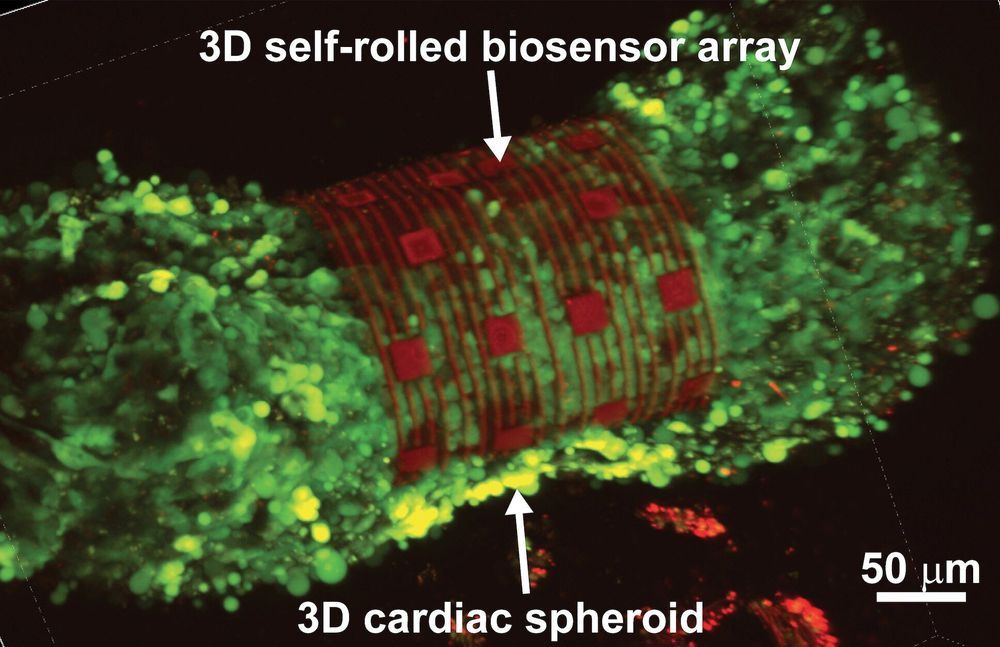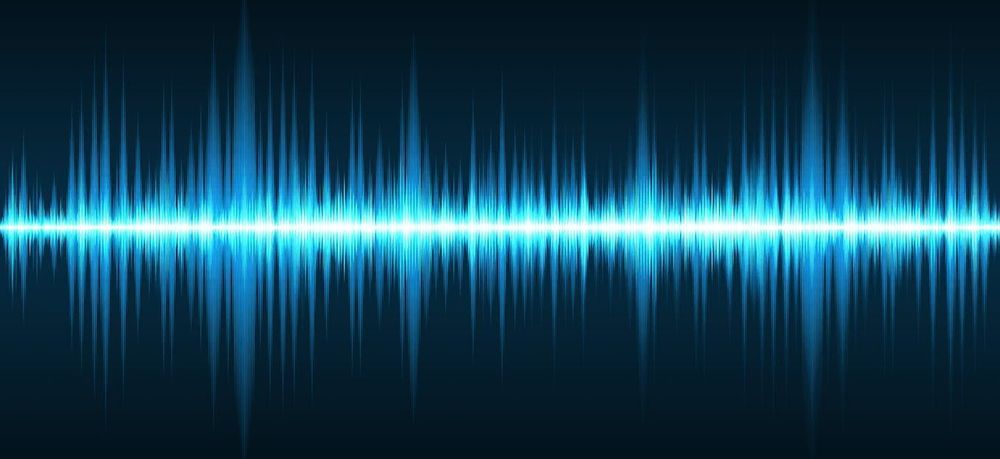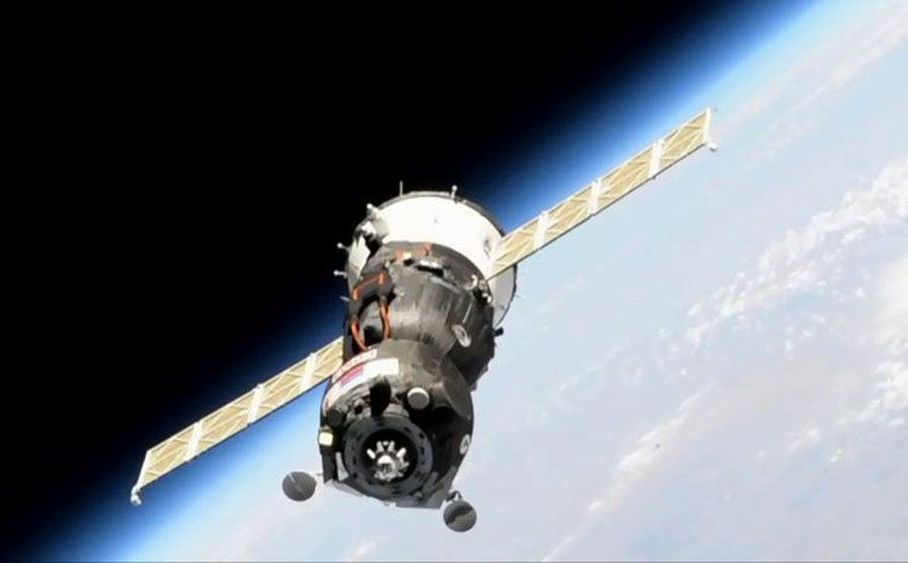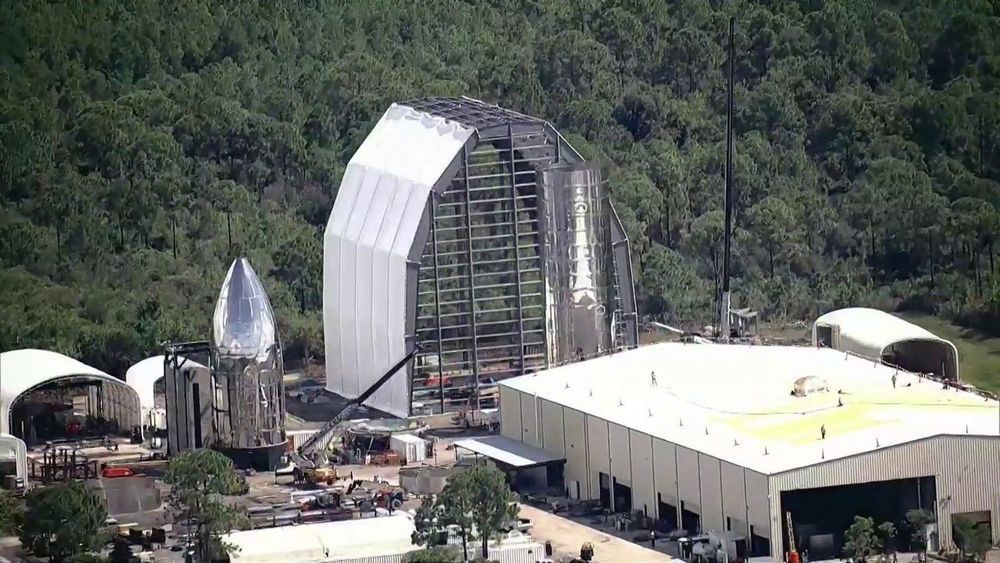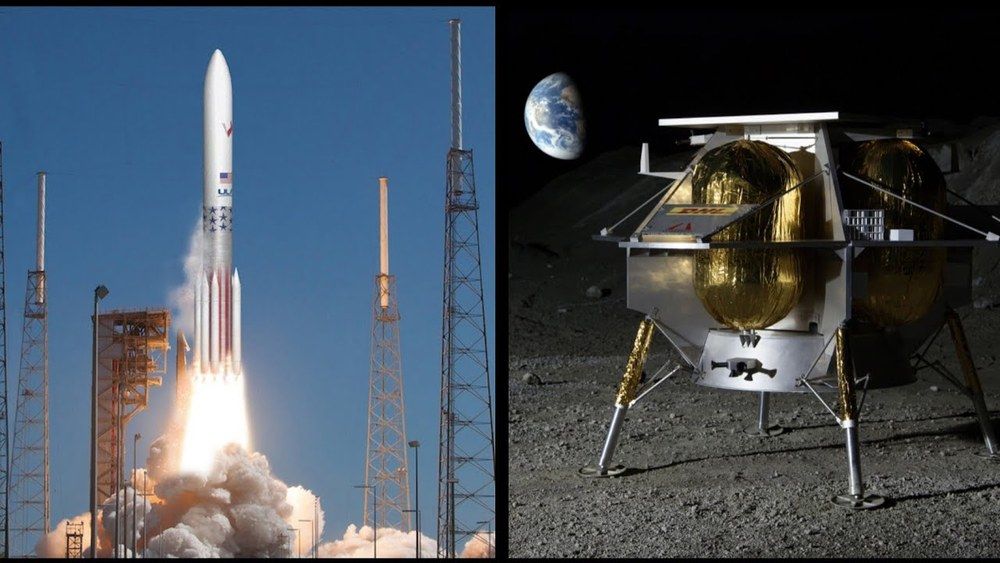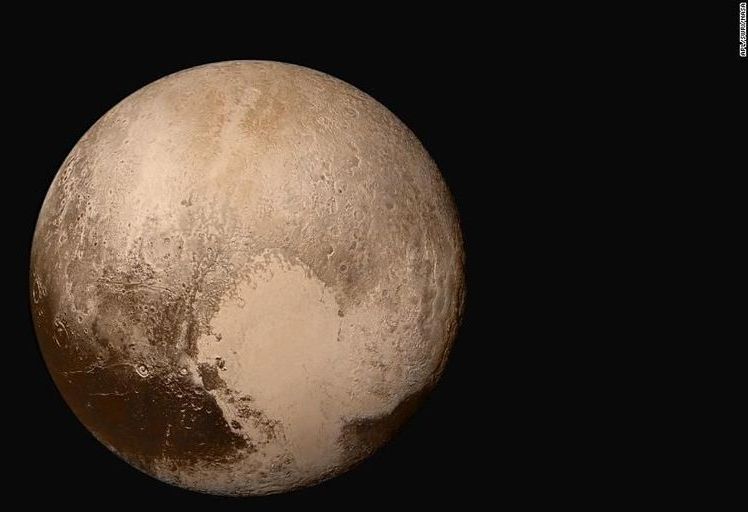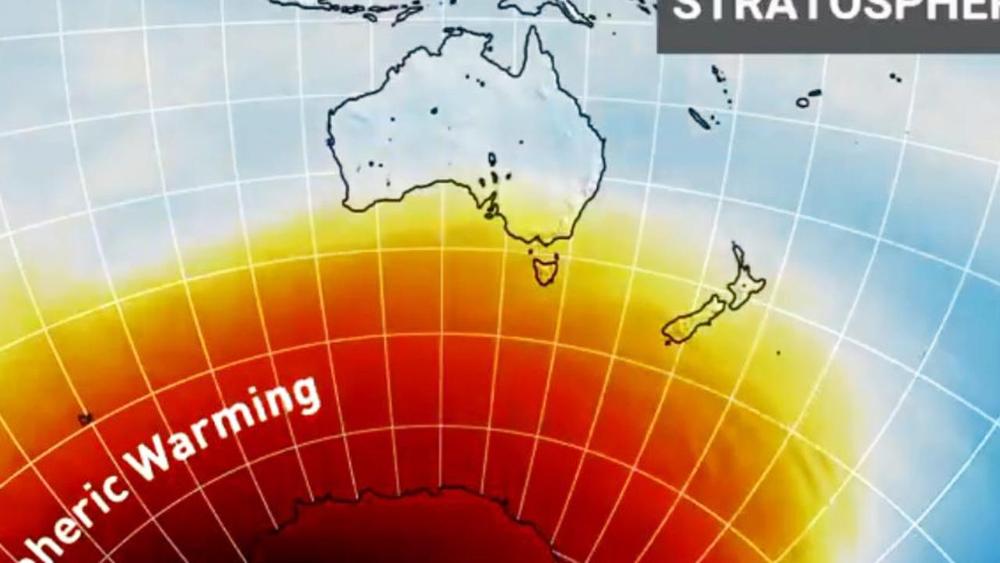Bob Wright, a Trump friend and ex-NBC chair, is one of the proposal’s backers.
Researchers from Carnegie Mellon University (CMU) and Nanyang Technological University, Singapore (NTU Singapore) have developed an organ-on-an-electronic-chip platform, which uses bioelectrical sensors to measure the electrophysiology of the heart cells in three dimensions. These 3D, self-rolling biosensor arrays coil up over heart cell spheroid tissues to form an “organ-on-e-chip,” thus enabling the researchers to study how cells communicate with each other in multicellular systems such as the heart.
The organ-on-e-chip approach will help develop and assess the efficacy of drugs for disease treatment—perhaps even enabling researchers to screen for drugs and toxins directly on a human-like tissue, rather than testing on animal tissue. The platform will also be used to shed light on the connection between the heart’s electrical signals and disease, such as arrhythmias. The research, published in Science Advances, allows the researchers to investigate processes in cultured cells that currently are not accessible, such as tissue development and cell maturation.
“For decades, electrophysiology was done using cells and cultures on two-dimensional surfaces, such as culture dishes,” says Associate Professor of Biomedical Engineering (BME) and Materials Science & Engineering (MSE) Tzahi Cohen-Karni. “We are trying to circumvent the challenge of reading the heart’s electrical patterns in 3D by developing a way to shrink-wrap sensors around heart cells and extracting electrophysiological information from this tissue.”
Some treatments for neurodegenerative diseases involve inserting wires into the brain and zapping certain brain cells with electricity. But what if you could do the same thing using sound waves?
Nootropics are colloquially known as “smart drugs” – substances that increase cognitive function in healthy people. In this video, bestselling author Dave Asprey discusses two naturally occurring nootropics: caffeine and nicotine.
Microdosing one milligram of the latter — about 5 to 10 percent of a cigarette’s worth — may even protect against Alzheimer’s.
A Russian Soyuz spacecraft carrying a humanoid robot failed to dock with the International Space Station (ISS) on Saturday morning, Russian state news agencies reported.
The Soyuz MS-14 crew ship launched from the Baikonur Cosmodrome in Kazakhstan on August 21 with the Skybot F-850, a life-sized artificially intelligent humanoid robot, on the commander’s seat.
Given the issues, emerged during the docking of the #SoyuzMS14 spacecraft with the ISS, the state commission chaired by Roscosmos Director General Dmitry Rogozin will held a meeting to consider the situation and discuss the measures to overcome the fault in the docking system. pic.twitter.com/turpSi08Rf
It’s not like the one in your car, but a team of physicists at Trinity College Dublin have built what they claim is the world’s smallest engine. The engine is the size of a single calcium ion — about ten billion times smaller than an automobile engine.
Rather than powering your next road trip, the atomic engine could one day be used to lay the foundation for extraordinary, futuristic nanotechnologies.
Here’s how it works: the calcium ion holds an electrical charge, which makes it spin. This angular momentum is then used to convert heat from a laser beam into vibrations.
KENNEDY SPACE CENTER, Fla. — Long before SpaceX can fly Starship to the moon or Mars, a prototype of the spacecraft must be moved from its construction site in Cocoa to the Kennedy Space Center for testing.
SpaceX representatives declined to answer News 6’s questions about how the private company will transport the spacecraft more than 20 miles between the two facilities or when the relocation will occur.
However, records obtained exclusively by News 6 reveal that in September the 180-foot-tall spacecraft could be towed along the State Road 528 Beachline Expressway before being placed on a barge in the Indian River for shipment to Launch Complex 39.
It’s a lunar lander named ‘Peregrine’, developed by the space robotics company to deliver payloads to the Moon for various companies, governments, universities, non-profits, and individuals for $1.2 million per kilogram. Astrobotic was selected by NASA in May 2019 for a $79.5 million contract to deliver up to 14 payloads to the Moon in 2021, under the agency’s Commercial Lunar Payload Services (CLPS) program.
To date, Astrobotic has signed 16 customers for lunar delivery on that first mission, totaling 28 payloads from 8 nations and comprising resource development, scientific investigation, technology demonstration, exploration, marketing, arts, and entertainment. The vehicle has already passed an industry-standard Preliminary Design Review, and the program will build and test a Structural Test Model, followed by a Critical Design Review, later this year.
Launch is currently slated for June 2021, with a planned landing a month later in Lacus Mortis, a large crater on the near side of the Moo n with payloads such as instruments to conduct new lunar science, pinpoint lander position, measure the lunar radiation environment, assess how lander and astronaut activity affects the Moon, and assist with navigation precision, among other capabilities.
Pluto was long considered our solar system’s ninth planet. Although small, it orbits the sun and has the spherical shape required to be considered a planet.
But today marks 13 years since Pluto received a harsh drop in status — officially dubbed Pluto Demotion Day.
Pluto was relegated in 2006 when the International Astronomical Union (IAU) created a new definition for planets and decided Pluto did not fit the bill.
It’s called a sudden stratospheric warming event — and, unlike the name might suggest, the rare phenomenon could spell a burst of bitterly cold weather for Australia and New Zealand over coming weeks.
If so, it could be the southern hemisphere’s own version of the icy “beast from the east” that paralysed Europe in 2018, reported the New Zealand Herald.
A sudden stratospheric warming (SSW) event kicks off when the temperature of the stratosphere — that’s 30km to 50km above ground — over the South Pole climbs by more than 25C. Meteorologists from New Zealand’s National Institute of Water and Atmospheric Research (Niwa) think it’s likely this is about to happen next week.

